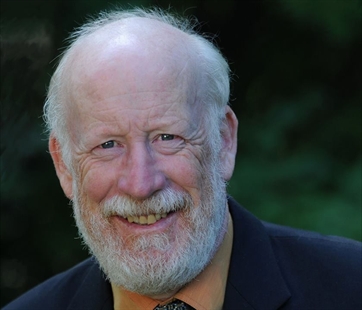
Image Credit: Contributed
January 24, 2017 - 12:45 PM
OPINION
Editor,
I spent the first weeks of 2017 in New Zealand, celebrating my son’s wedding to a Kiwi girl. After the wedding, my wife and I drove around some of that beautiful country, enjoying the beaches, birds, wines and green grass of summer. Fresh apricots in January were a real treat!
During the visit, I talked to a lot of New Zealanders about local politics. They are gearing up for a national election so there was plenty to talk about, and I was especially interested in their feelings about the New Zealand electoral system. Since 1996, Kiwis have used a mixed member proportional system. They switched from the traditional British first-past-the-post model in 1996 after a series of elections that produced majority governments led by parties that had received fewer votes than the opposition, even with an essentially two-party system.
In Canada, we’ve had similar results in recent elections. In 2011 and 2015 the Conservatives and Liberals were given majority governments in which the prime ministers held 100 percent of the power with only 39% of the popular vote. In the last federal election campaign, the Liberal, NDP and Green parties all promised that the 2015 election would be the last federal election held under the first-past-the-post system. People were tired of false majority governments.
On December 1st, after working through the summer recess and the fall sitting, the House of Commons Electoral Reform Committee tabled its final report, recommending that the government bring in a proportional electoral system, where the number of MPs representing each party is proportional to the popular vote of that party.
Surprisingly, the Liberals voted down a motion in the House to concur in the report, and Maryam Monsef, the Minister of Democratic Institutions, insulted the committee by saying it “hadn’t done the hard work expected of it.” Monsef then released a universally mocked survey that undermined the last six months of public consultations and didn’t even ask Canadians about what kind of electoral system they would prefer. Last week, Monsef was replaced by Karina Gould as Minister of Democratic Institutions, and we are waiting to see whether this new appointment will bring a renewed effort from the government to follow through on its election promise for real electoral change.
New Zealanders seem to really like their electoral system. Its mixed-member proportional system creates a parliament where the number of MPs for each party matches the popular vote for that party, while retaining the riding system of local MPs that many people — and certainly most Canadians — prefer. It gives New Zealanders a simple ballot where they vote for a local candidate—and many people like to vote for someone they know and trust without regard for party affiliation — and then vote for the party that they feel best matches their values and beliefs.
The new Minister has an opportunity to move this issue forward in a new spirit of collaboration and cooperation. The NDP has offered to work with Minister Gould in a bipartisan way; together we can turn words of consensus into action and create a Canadian electoral system where every vote counts. The committee did its job and now it’s time for the Liberal government to do theirs.
— Richard Cannings is the Member of Parliament for South Okanagan-West Kootenay
We welcome your comments and opinions on our stories but play nice. We won't censor or delete comments unless they contain off-topic statements or links, unnecessary vulgarity, false facts, spam or obviously fake profiles. If you have any concerns about what you see in comments, email the editor.
News from © iNFOnews, 2017